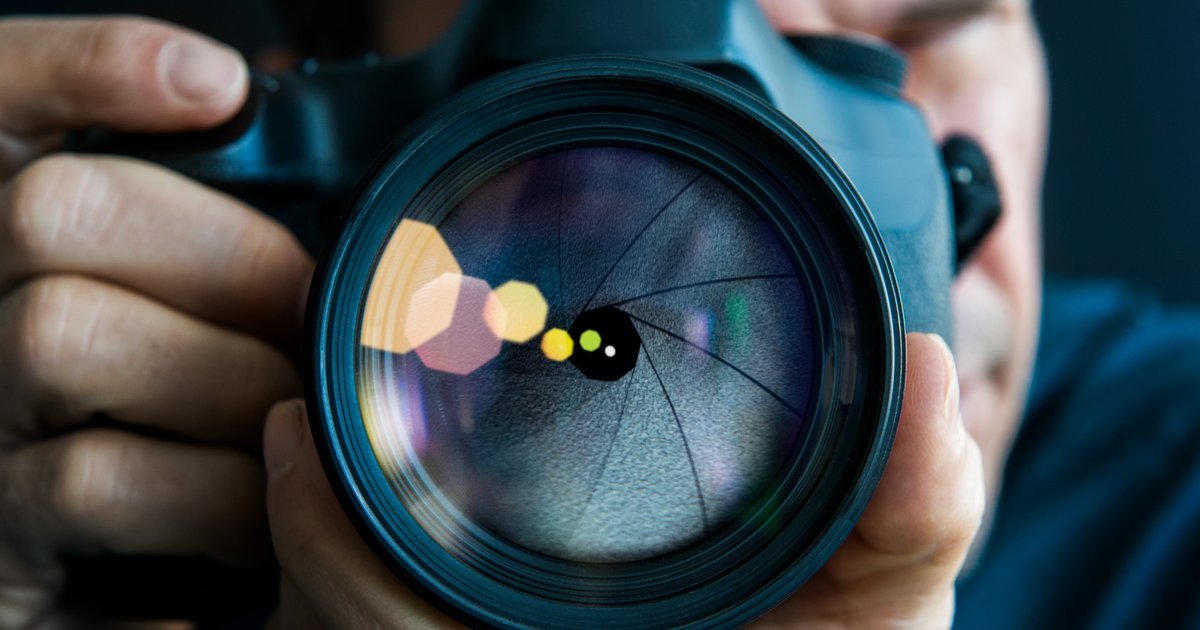When it comes to capturing stunning wildlife photographs, the choice of lens can make all the difference. Wildlife photography often demands a combination of long reach, sharpness, and versatility to capture animals in their natural habitats without disturbing them. The definitive guide to wildlife photography lenses starts with understanding the essential features and types of lenses that are best suited for the job. Firstly, the most critical aspect of wildlife photography is the focal length of the lens. Telephoto lenses are indispensable because they allow photographers to shoot subjects from a distance, which is crucial for not disturbing wildlife. Lenses with focal lengths of 300mm to 600mm are commonly used, offering the reach needed to capture detailed shots of animals that are far away. For even greater reach, some lenses go up to 800mm or more, but these can be quite heavy and expensive. In addition to focal length, the aperture of the lens plays a significant role. A lens with a wide maximum aperture, such as f/2.8 or f/4, allows more light to enter, which is beneficial for shooting in low light conditions like early morning or late afternoon.

A wide aperture also helps achieve a shallow depth of field, which can isolate the subject from the background and make the wildlife stand out more prominently. Image stabilization IS another crucial feature for Wildlife Photography Lenses. Given the long focal lengths and potential for handheld shooting, having a lens with effective IS helps reduce camera shake and ensures sharper images. This is especially important when shooting at slower shutter speeds or when tracking fast-moving subjects. For those who frequently switch between different types of wildlife or want to cover a broader range of focal lengths, zoom lenses can be an excellent choice. However, zoom lenses may not always match the sharpness of prime lenses, which are fixed focal length lenses known for their superior image quality.
Additionally, the build quality of a lens is vital for wildlife photography. Lenses designed for outdoor use are often weather-sealed to protect against dust and moisture, ensuring durability in various environmental conditions. The lens should also have a robust and ergonomic design to withstand prolonged use and rough handling. Lastly, consider the compatibility of the lens with your camera body. While many lenses are designed to work with specific camera systems, using a lens that matches your camera’s autofocus system and other features ensures optimal performance. Investing in high-quality lenses from reputable brands can also make a significant difference in achieving exceptional wildlife photographs. In summary, selecting the right lens for wildlife photography involves balancing focal length, aperture, and image stabilization, zoom capabilities, and build quality. By choosing a lens that meets these criteria, photographers can enhance their ability to capture breathtaking images of wildlife in their natural habitats, creating stunning visual records of the natural world.
